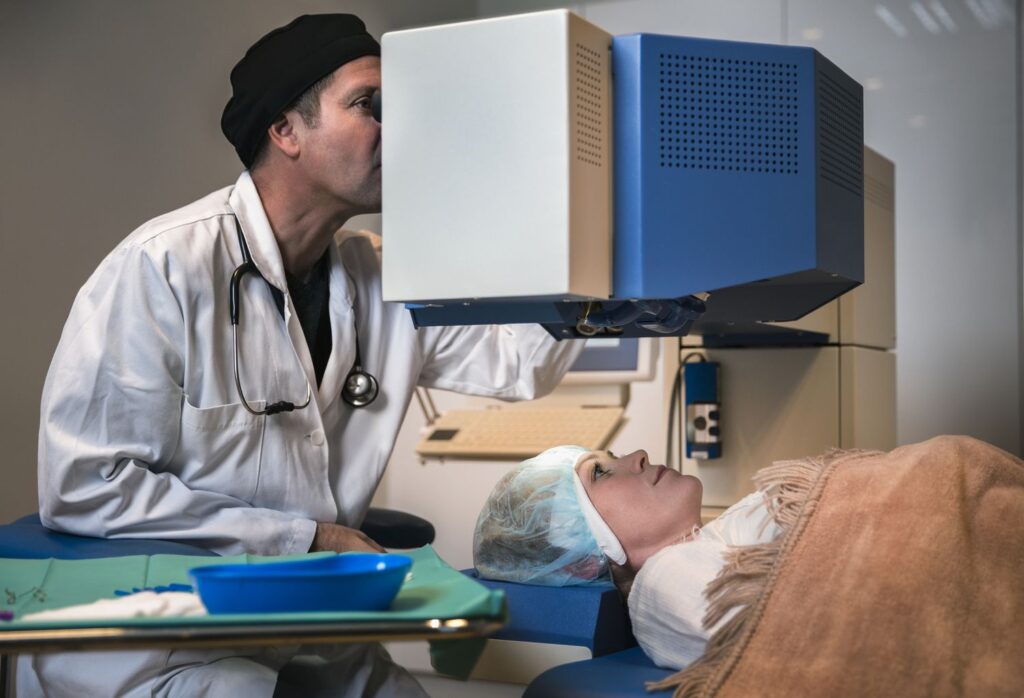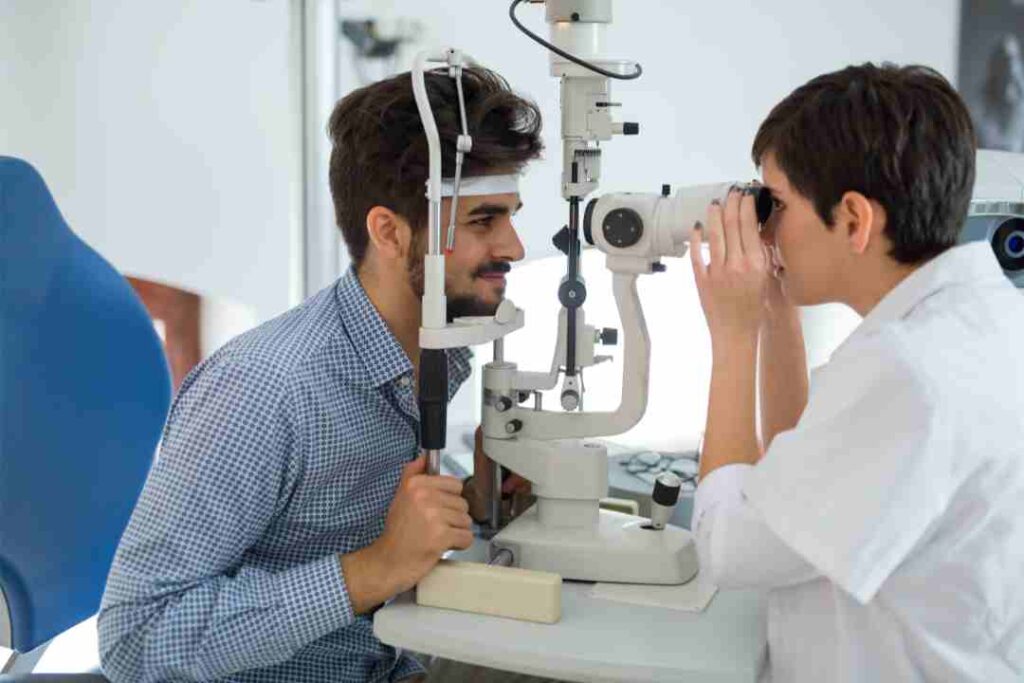If you’re feeling anxious about cataract surgery, you’re not alone. The idea of someone operating on your eye can sound intimidating. But here’s some reassuring news: modern cataract surgery is nothing like it used to be.
Today’s techniques are quick, gentle, and often stitch-free. In fact, many patients walk out of the clinic the same day with minimal discomfort—and within a few weeks, they’re seeing the world in ways they haven’t in years.
Let’s walk through what happens after cataract removal, week by week. Whether you’re preparing for surgery or helping a loved one through recovery, understanding what to expect can bring peace of mind.
See more: Comprehensive Care: How Glaucoma Surgery Can Preserve Your Vision
Week 1: The First Few Days
Right after surgery, most people feel a mix of relief, curiosity, and—sometimes—mild discomfort. That’s completely normal.
You may experience:
- Mild itching or a scratchy sensation
- Light sensitivity or blurry vision
- Slight redness around the eye
The key here is not to panic. Your eye has just gone through a big change and is adjusting. You’ll be given special eye drops to prevent infection and help the healing process. Stick to your doctor’s schedule for these drops—this part is critical.
Also, avoid rubbing your eye, bending over, or doing anything strenuous. Take this as your permission slip to relax. Sit by the window and enjoy the light. Watch TV at a safe distance. Listen to your favorite music. Let your body do what it does best—heal.
Most patients return for a follow-up within 24–48 hours. This visit helps ensure everything is healing as expected.
Week 2: Adjusting to Clearer Vision
By now, most of the initial discomfort has faded. Many patients begin to notice changes they weren’t expecting—like seeing the texture of their couch, the grain in wood floors, or the individual leaves on trees.
You’ll likely be able to:
- Resume light walks
- Read comfortably
- Watch TV without straining
- Use the computer with fewer breaks
Emotionally, this week can bring a wave of surprise and happiness. Some people even get emotional seeing their loved ones clearly again.
One patient told me, “I hadn’t realized how dull everything looked before. Now, it’s like someone turned the lights back on.”
This week is about letting yourself adjust. Your brain is learning to interpret a clearer, brighter world, and that’s a beautiful thing.

Week 3: Gaining Confidence
This is when the “new normal” begins to set in.
Your vision continues to sharpen. Halos and glare (if you experienced them) start to fade. You may feel confident enough to:
- Return to driving (with your doctor’s approval)
- Visit friends or attend social events
- Get back into hobbies like knitting, painting, or cooking
You might still feel some mild dryness or a gritty feeling—this is common and temporary. Some patients also notice that one eye may still feel different from the other, especially if only one has been treated so far. That’s okay. Your doctor will guide you on whether a second procedure is needed and when.
Overall, this week is about trusting your progress. The world is not only becoming clearer—it’s becoming more enjoyable.
Week 4: Seeing the World Differently
By week four, your vision is likely stabilizing. Most patients find that colors look richer, whites are crisper, and contrast is easier to detect.
Daily life feels easier, too. Reading labels, navigating grocery aisles, even recognizing faces across the room—all become second nature again.
This is also when your eye care provider may do a final exam to determine if you still need glasses or just reading aids. For many, the need for glasses is dramatically reduced after cataract removal.
But perhaps the most powerful part of this week is emotional. A grandfather shared with me, “I saw my granddaughter’s drawing on the fridge, and I couldn’t believe how bright the colors were. I didn’t realize how much I’d been missing.”
Moments like these are the true markers of healing—not just clear sight, but clearer connection.
Frequently Asked Questions
Can I rub my eyes?
No. As tempting as it might be, rubbing your eyes can interfere with healing. If you’re experiencing discomfort, use your eye drops or contact your doctor.
Will my vision keep improving?
Yes, for many people, vision continues to improve gradually over several weeks. That said, most of the major improvements happen in the first month.
What if one eye feels different than the other?
This is common, especially if only one eye has had surgery. Your brain adjusts over time. If both eyes need surgery, your doctor will usually schedule the second one shortly after the first.
Conclusion: Modern Healing, Timeless Joy
Modern cataract surgery has come a long way—no stitches, minimal pain, and a gentle recovery that opens the door to brighter, clearer days.
It’s normal to feel nervous before the procedure, but most patients are amazed at how simple it feels in hindsight. What once felt scary becomes one of the most rewarding medical decisions of their life.
So if you’re standing at the edge of this journey, take heart. You’re not just gaining better vision—you’re regaining independence, connection, and joy in the everyday details.
Give yourself the gift of clarity. You—and your loved ones—deserve to see each other clearly again.

